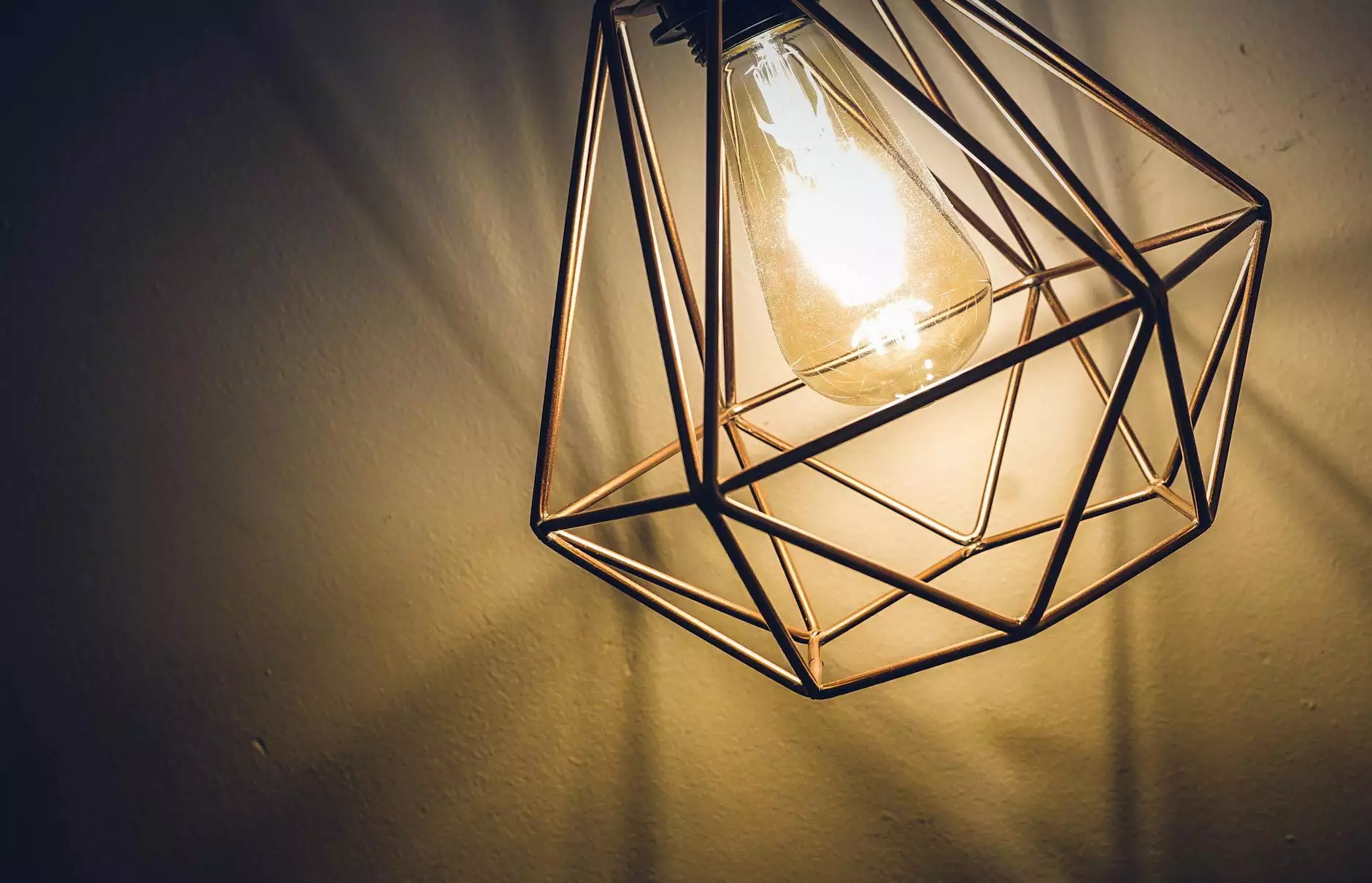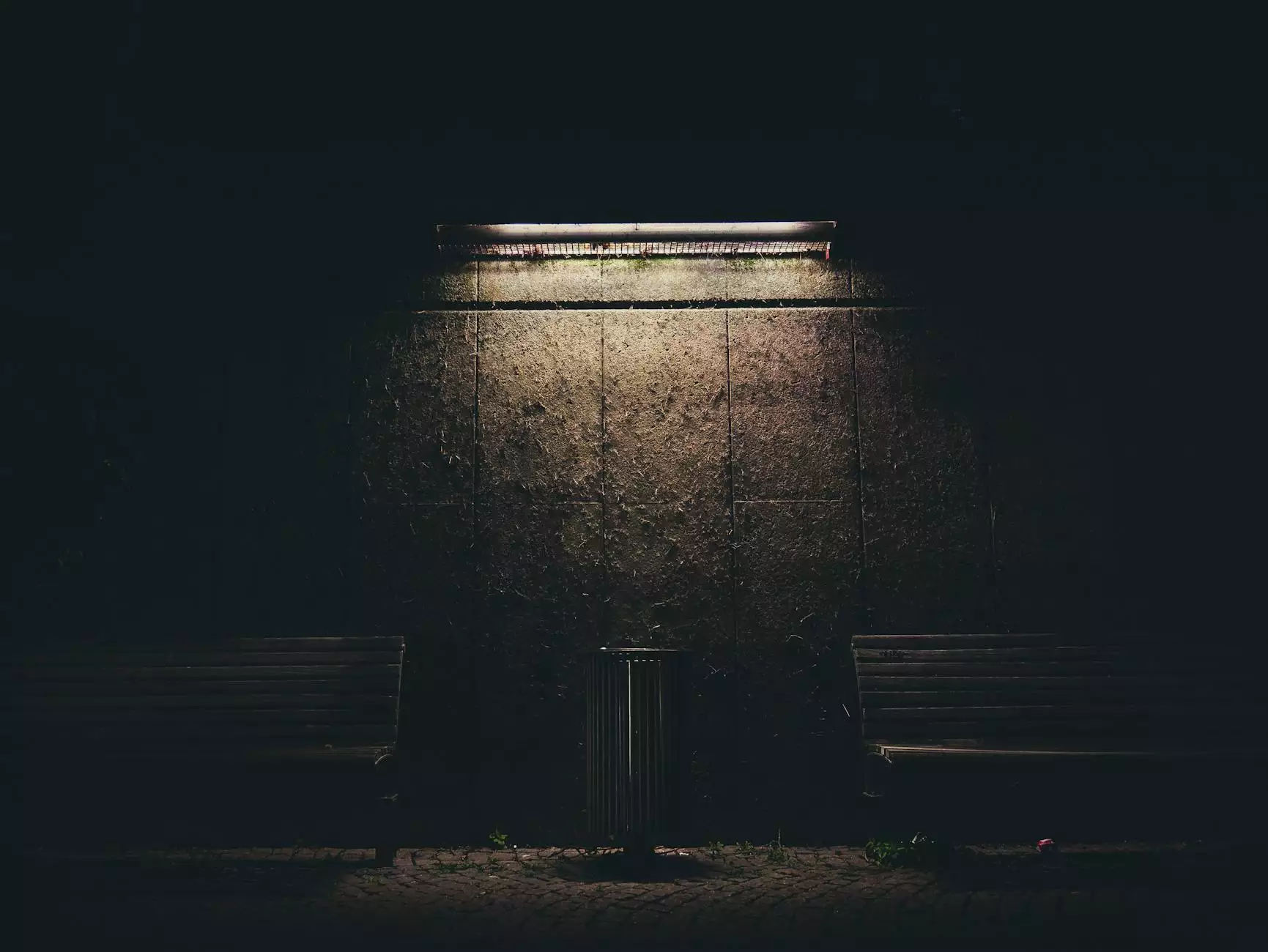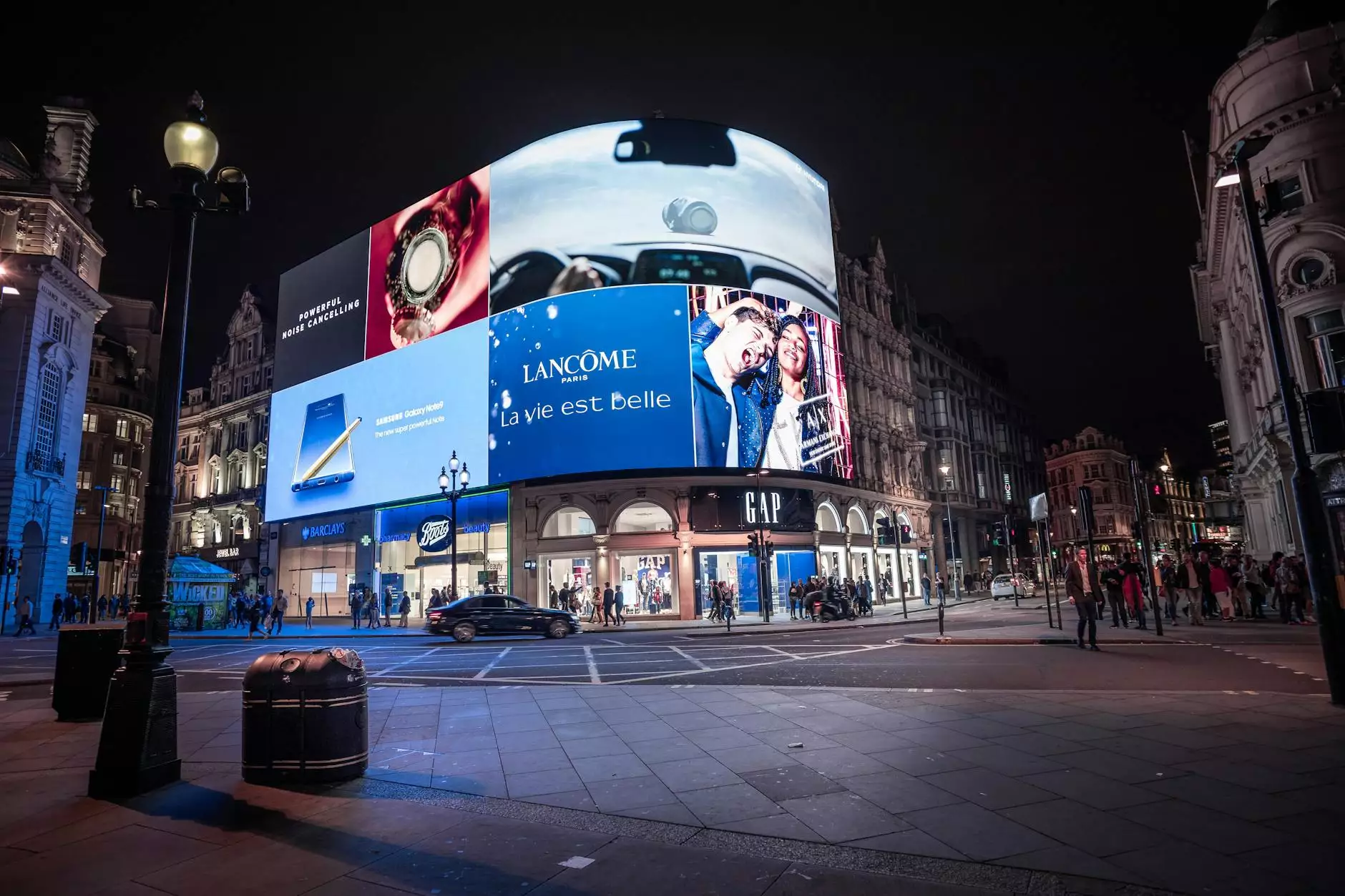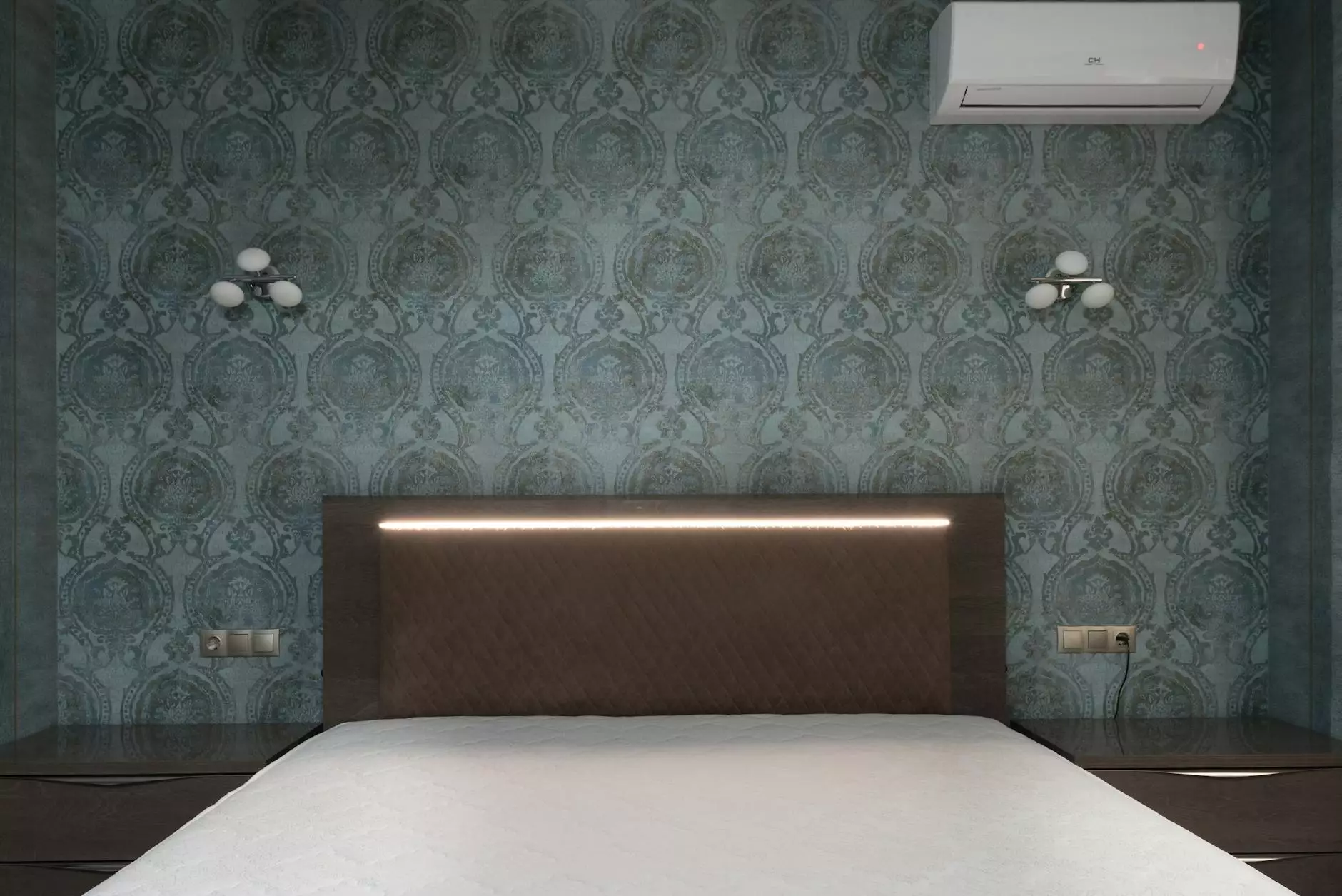What is Architectural Lighting and How Is It Unique?

Welcome to Video Technics, your reliable source for all your lighting needs. In this article, we will shed light on the concept of architectural lighting and its uniqueness in the world of lighting design. Discover the various architectural lighting fixtures, their benefits, and the key considerations to keep in mind when implementing architectural lighting.
The Role of Architectural Lighting
Architectural lighting is a crucial element in creating a well-designed space. It involves the strategic placement of light fixtures to enhance the architectural features, highlight focal points, and evoke specific moods or ambiances.
Unlike traditional lighting, which solely focuses on providing illumination, architectural lighting goes beyond functionality. It aims to transform spaces into visually appealing, inviting, and memorable environments. By emphasizing the architectural elements, it adds depth, texture, and character to any setting.
Types of Architectural Lighting Fixtures
Architectural lighting fixtures come in various forms, each serving a specific purpose. Here are some popular types:
- Recessed Lighting: This type of lighting is installed into the ceiling or walls, creating a seamless look. It provides indirect, soft illumination, making it ideal for highlighting artwork, shelves, or walls.
- Wall Sconces: These fixtures are mounted on walls and often feature decorative elements. They can be used to create an elegant, ambient glow or to accentuate specific architectural details.
- Track Lighting: Track lighting consists of adjustable fixtures mounted on a track system. It offers flexibility in directing light to different areas or objects, making it popular for highlighting artwork or retail displays.
- Pendant Lights: These fixtures hang from the ceiling and are commonly used in areas such as dining rooms or entryways. They come in various styles and can serve as eye-catching focal points.
- Linear Lighting: Linear lighting fixtures utilize elongated, often slim designs. They are commonly used to outline architectural features, pathways, or provide soft, indirect illumination.
- Step Lights: Step lights are recessed fixtures installed into staircases or pathways. They enhance safety, add visual interest, and guide individuals through these areas.
Benefits of Architectural Lighting
Architectural lighting offers numerous benefits, both in terms of aesthetics and functionality. Let's explore some key advantages:
Enhanced Visual Appeal
Architectural lighting enhances the visual appeal of any space, making it more captivating and unique. By carefully illuminating architectural features, such as columns, arches, or textures, it adds a sense of drama, elegance, and sophistication.
Improved Functionality
While architectural lighting is known for its aesthetic benefits, it also improves the functionality of a space. By providing the right amount and type of light in different areas, it ensures optimal visibility, enabling individuals to perform tasks with ease and precision.
Creative Expression
Architectural lighting allows for creative expression and customization. With various lighting techniques, color temperatures, and controls, you can create unique lighting designs that align with your vision, brand, or desired atmosphere.
Energy Efficiency
Implementing energy-efficient architectural lighting fixtures helps reduce energy consumption and contribute to sustainability efforts. LED lighting, for example, consumes less energy, has a long lifespan, and emits less heat compared to traditional lighting options.
Considerations for Implementing Architectural Lighting
When incorporating architectural lighting into your space, several factors should be considered:
Space Function and Purpose
Understanding the function and purpose of the space is crucial. Different areas may require different lighting techniques and intensities. For example, a retail store might need accent lighting to highlight products, while an office space may require brighter and evenly distributed lighting for productivity.
Architectural Features
Identify key architectural features that you want to emphasize. This could be grand staircases, textured walls, or unique ceiling designs. By focusing on these elements, you can create a visually appealing environment.
Color Temperature
Choosing the right color temperature for your architectural lighting is essential. It can greatly impact the ambiance and mood of a space. Warm white light creates a cozy atmosphere, while cool white light promotes focus and alertness.
Lighting Controls
Consider implementing lighting controls to provide flexibility and achieve desired lighting scenes. Dimmers, timers, and motion sensors can contribute to energy efficiency and enhance user comfort.
Professional Assistance
Collaborating with lighting designers or professionals can greatly benefit your architectural lighting project. They possess the knowledge and expertise to design lighting schemes tailored to your space, ensuring optimal functionality, aesthetics, and energy efficiency.
At Video Technics, we understand the importance of architectural lighting and strive to offer high-quality architectural lighting fixtures that meet your specific needs. Our wide range of products, including recessed lighting, wall sconces, pendant lights, and more, are designed to enhance any space with style and sophistication.
Take the first step towards transforming your space with architectural lighting. Contact us today to discuss your requirements and let us illuminate your world!









